The year that was for Maximum city
- Venkatesh Raghavan
- Dec 31, 2020

MUMBAI: Mumbai city has witnessed a long lean patch akin to townships in other parts of the country post the Covid-19 pandemic forced lockdown that came into effect from the midnight hours that ended March 24. Till March 24, it was a fairly good spell for the Maximum city though there were talks within commerce circles about how the economy needed to pick up from the throes of debts and bad loans.
One may ask in what way was the Covid-19 impact different for this island city as compared to other parts of the country? The major factor that made it tortuous for the city was its huge immigrant population hailing from the lower strata of society attempting to escape what still looks to be an unending nightmare. The plight of the migrants was highlighted by several television channels including NDTV. The NDTV correspondent Sohit Mishra was shown interviewing the people who were part of the reverse migration trend in presence of his cameraman. The people were shown walking on the tracks as they feared being picked up by the police in the event they tried the road route.
That phase lasted for quite some time as it was terrible with the reverse migrants clueless about how long it will take them to reach their northern home lands in the townships of UP and Bihar besides, how they are going to manage with their frugal budgets compounded by scarcity of food and drinking water to sustain their marathon journey. Few months later, by the advent of June, the situation eased a bit with the resumption of long distance train travel. However, there was a lot of turmoil that was caused due to the uncertainty in the state government's stand with many daily wage earners stranded for lack of employment and sustenance. Nor could their employers be blamed as they complained, "How do we keep doling out wages in the absence of any business or income?"
It was not just migrants that were facing the bait. The situation was bad for those who are used to having their regular tipple. Finally, when the liquor shops were opened, the city witnessed extremely lengthy queues that could be compared with those that used to occur at Lalahagcha Raja Ganpathi mandal or Siddhivanayak Temple on Tuesdays. Worse, the supply of alcohol was rationed at all the liquor stores. This made way for proxies being made to stand in queue to fetch more stock for the regular consumers. Though liquor shops were open, the bars and bar-cum-restaurants were still locked and there was no scope for any nightlife outside the confines of homes or building terraces.
Now it's time to turn our attention to domicile residents of the city who also happen to be regular office goers. They too had no means of escape with all travel routes closed for the first few months. Subsequently too, reporting to duty was a very tough proposition as the fastest means of commute, the suburban train service was not available for everyone. Many including those living in middle-class and lower-middle class families were forced to stay put at home and live on their savings. This created a piquant situation in which many landlords decided to wait for the rainy days to end before collecting house rent from their tenants. Still worse was to come. It ceased to be just temporary unemployment or loss of pay. There were massive retrenchments in many spheres of work including media houses. This threw up a large unsupported population of locals who had nowhere to go and rooted in Mumbai.
The situation slightly eased post October 15 with the government permitting eating houses, offices and other shops and establishments to stay open provided they subscribed to social distancing norms mandated by the pandemic. Multiplexes and single screen theaters were allowed to operate at a 50% capacity. In addition, the government agreed to allowing bars to stay open for a limited period of time. However, the city's lifeblood, namely the suburban train services were kept away from members of the common public. Only government employees, civic staff and other essential service providers were permitted to use the local trains.
It created a severe problem for those staying in the distant suburbs beyond city limits like in Mumbra or Bhayander on the Western line. People had to undergo long tedious bus journeys that were subject to frequent traffic jams making their lives miserable as in addition to the work hours they were required to put in, they had to spend a good four to six hours everyday in traveling. People traveling in the reverse direction too, meaning from within the city limits to suburban destinations felt severely handicapped as compared to a comfortable train journey they had to commute by crowded state transport buses standing all the way.
To sum it up, many things have changed in the cityscape and many things still remain the same. For instance, the parks that are kept open to the public have a fair attendance of family crowds and love birds. The school and college going children and teens are however, expected to take all their lessons online and miss the opportunity of hanging around their favorite haunts. The regular grocery shops and saloons have finally opened up and command a good clientele. The prices however, have shot up and people do feel the pinch as many are still living on their savings. Currently, the city is expected to welcome the new year sitting indoors as presence at all outdoor venues is restricted to 11 p.m. The restriction will stay in place till January 5, 2021. The citizens are still clueless on when complete normalcy will be restored.




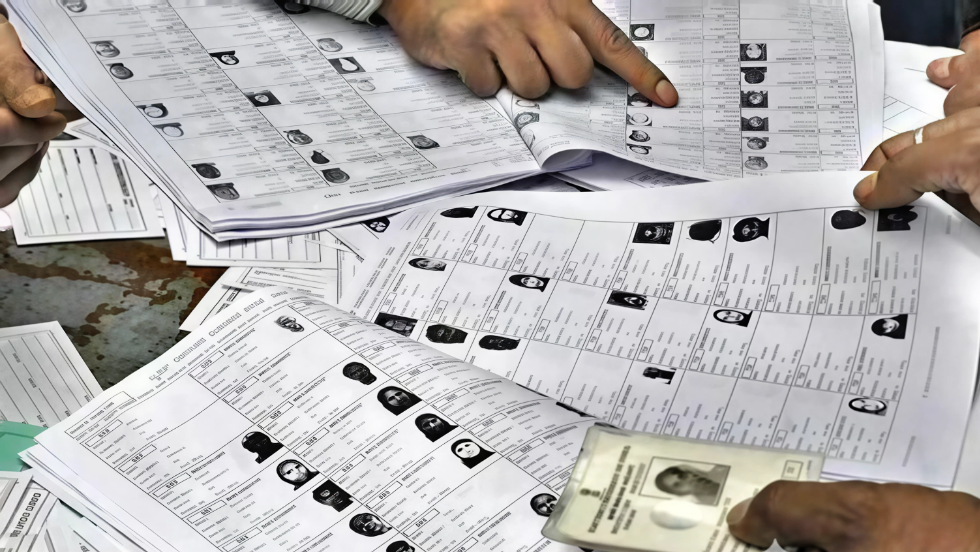
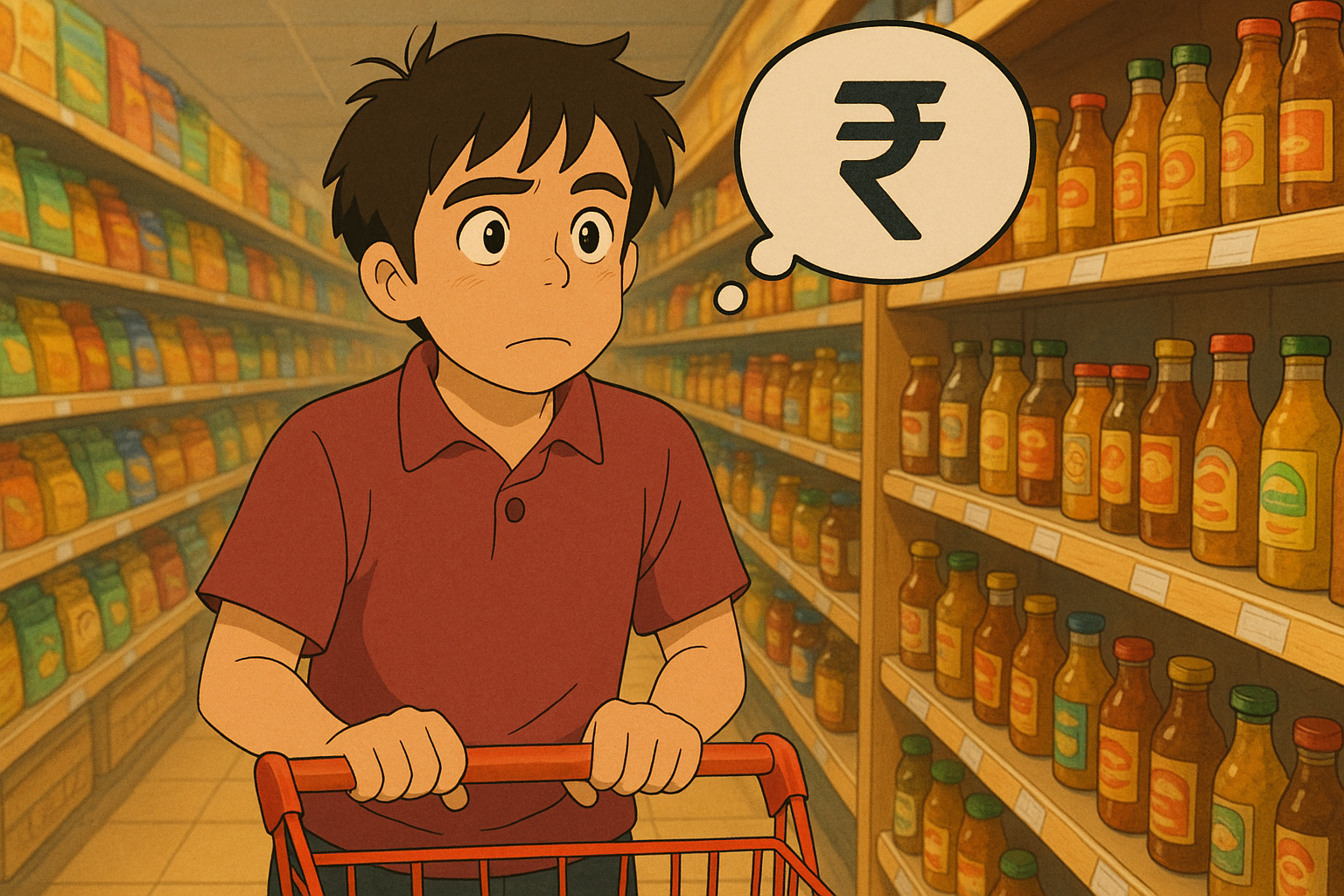
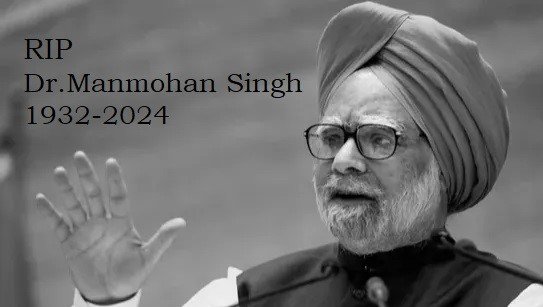
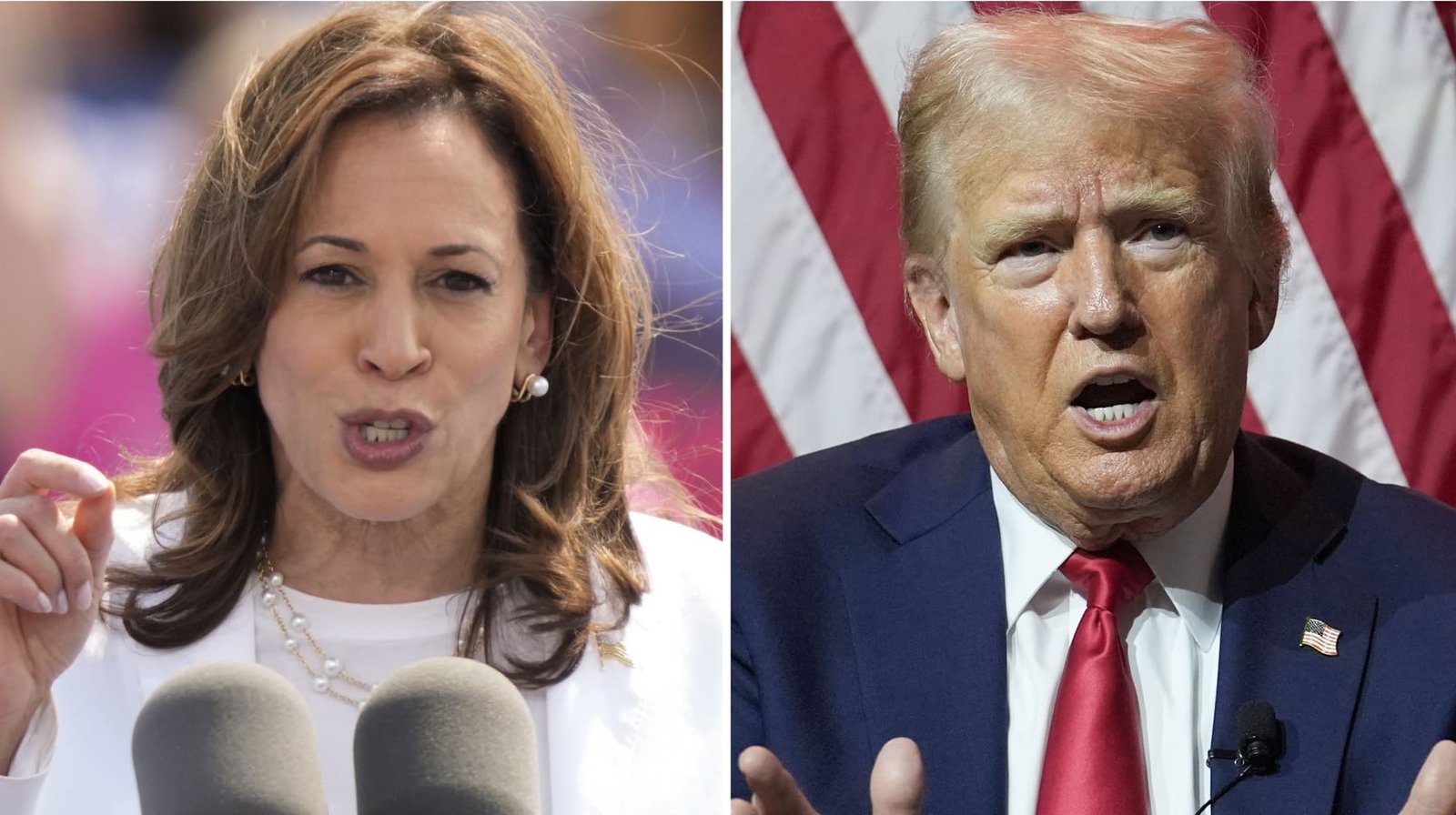
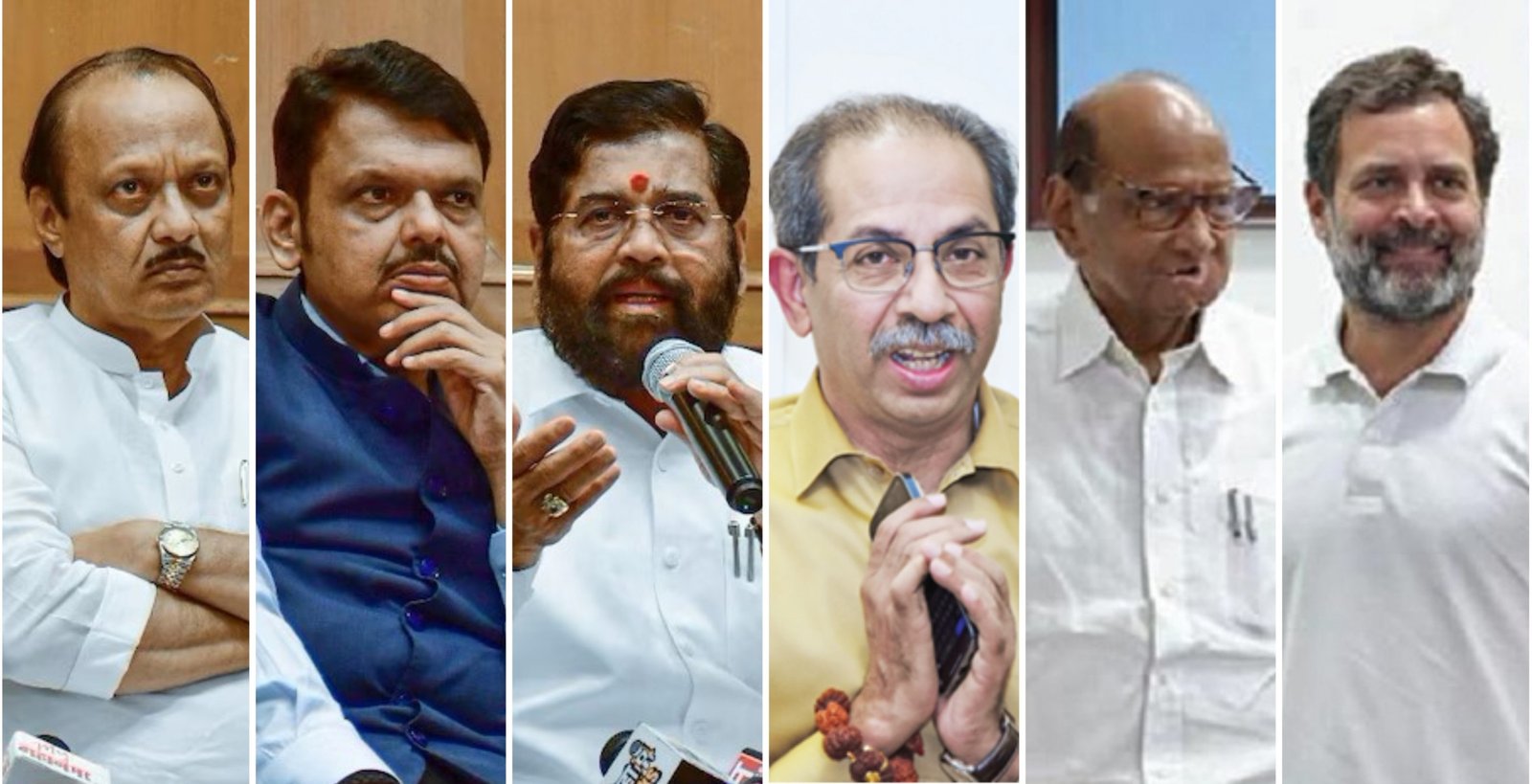

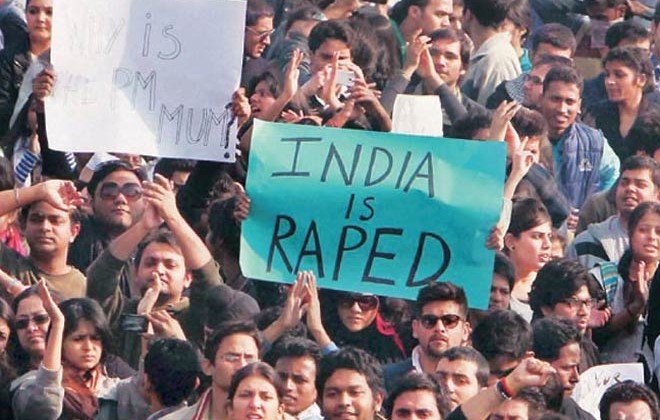
Reporter
Venkatesh, Venky to his friends is our Consulting Editor. He is one of the most senior journalist in the field, with over three decades of experience in some of the top media houses. He keeps a keen eye on current affairs across the world.
View Reporter News